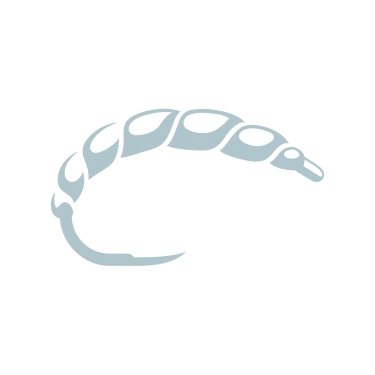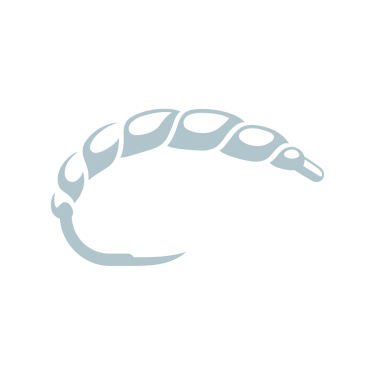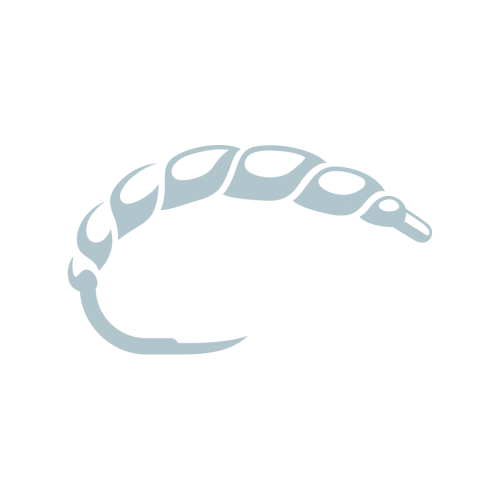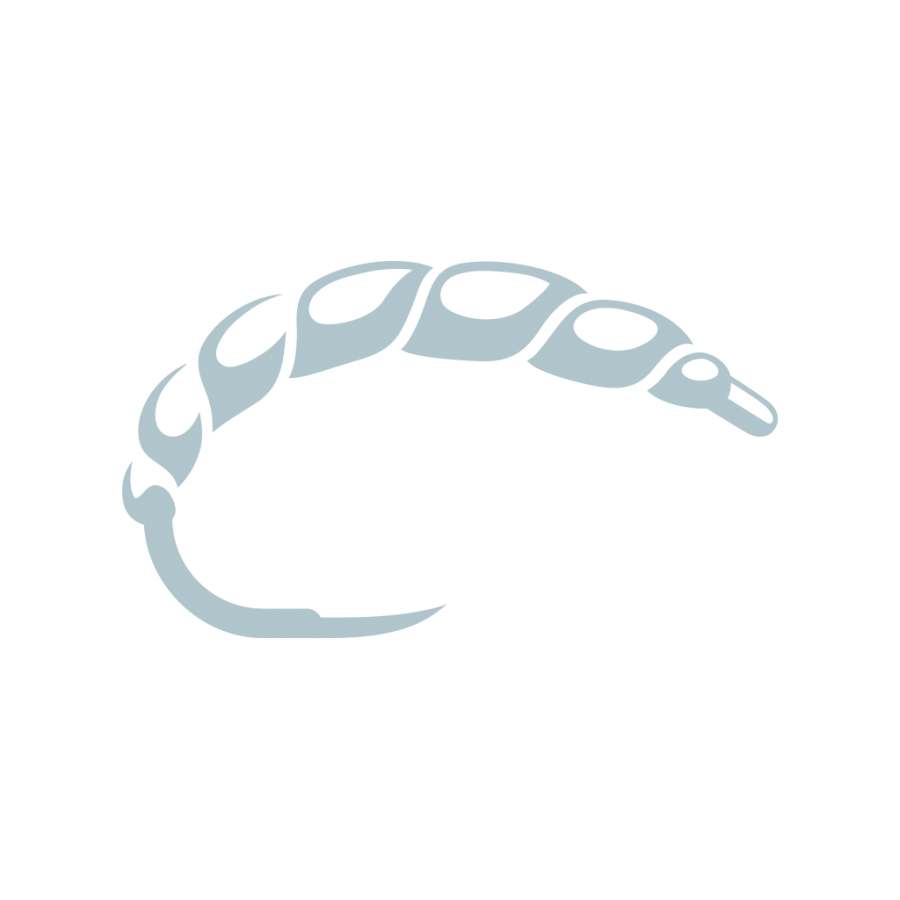Looking for Brook Trout this Summer? Try the Rangeley Lakes Region of Western Maine.
Looking for Brook Trout this Summer? Try the Rangely Lakes region of Western Maine.
Salvelinus fontinalis - brook trout, actually a char, but close enough for those anglers who enjoy playing tag with this native of North America. The squaretail or spotted trout, as some old-timers still call it, is now nearly extinct in most states, except for a few strains living secret lives in the shadows of smaller creeks and brooks, waters so small and insignificant most anglers pass them by to fish the bigger put-and-take rivers stocked with dim-witted, hatchery-bred fish. Those brookies that do remain are, on average, no bigger than a finger with a large fish growing to no more than six inches.
Now don't get me wrong, I enjoy casting my flies to these spunky survivors, spending the better part of the fishing season prowling the smaller streams that drop down through the western portion of my state; but sitting here by the wood stove, watching a hard December sky spitting wet snow across our lawn, I'm thinking back to the summer when the weather turns hot and humid and most freestone streams begin to dry up.
That's when its time to give the trout of my home State a breather. Time to pack up my fly rod and head north. No, not toward the Catskills or the Pocono's, but past the Green, and even the White Mountains. I'm talking really north, as far north as you can travel up the east coast without the need for your passport.
Western Maine, specifically the Rangeley Lakes Region of western Maine, is teeming with wild brook trout native to the area, some as long as your arm. No really! The brook trout of the Rangeley Lakes Region are about as big as you'll find south of Labrador. Oh, and just for fun, the place is chuck full of landlocked salmon that will leave you speechless as they tail-dance across a pool, spitting out your favorite fly just before they leap back under the surface.
In nineteen eighty-seven, my wife and I purchased a cabin on Aziscohos Lake, a long and narrow body of water formed in the late nineteenth century when the Magalloway River was first dammed to carry logs across its surface. The lake is situated along the westerly border of this wild section of Maine where the moose still outnumber the human residents.
Over the last twenty-plus years, I've kept a log of every fish caught from our cabin. To be counted, fish over sixteen inches must be measured before released, because as every angler knows, (but rarely admits) once measured, a fish estimated at sixteen inches magically shrinks to fifteen, sometimes fourteen inches depending upon the imagination of the one telling the tale and the gullibility of his or her audience.
Following Route 16 from Wilson's Mills east to Rangeley, a little town sometimes mentioned in the New York Times travel section, you will cross at least five major lakes fed by countless streams, brooks, rivers and rills, their tannin-stained water tumbling down through balsam-and-spruce hills, with larger, fast flowing rivers falling out of the lakes, all working their way toward the mighty Androscoggin River.
Logging and fly fishing have gone hand in hand throughout western Maine for more than two hundred years. No longer dependent upon river and lake, fast moving trucks now carry timber to the mills, dirt and dust rising off the many logging roads that spread through the forest like a river spider's web. Located a few miles west of Rangeley, in the quaint town of Oquossoc, a recently completed Outdoor Sporting Heritage Museum is worth the visit to learn more about the history of this region.
At Haine's Landing you can stand where legendary guide, artist and all around Renaissance man, Herbert Welch, plied his trade. A short boat ride will take you to Upper Dam on Mooselookmeguntic Lake, hallowed ground to some. A place where Wallace Stevens once guided sports while his spouse, Carrie, originated many streamers still used today, such as the Gray Ghost. On the Rapid River you can walk the same carry road used by the writer, Louise Dickinson Rich, and her woodsman husband, Ralph; stay at their house, perhaps hear the call of their dog, Kyak, as the midnight moon sweeps over Middle Dam. Look hard enough and you may find a Rangeley boat in use, perhaps one built by Herb Ellis, himself.
Last summer, casting a #18 black ant below Camp Ten Bridge on the Magalloway River, I released an eighteen-inch landlocked salmon and a sixteen-inch brook trout on successive casts while a local fisherman failed to give me a second look. During the last week of that August, fishing a tannin-stained riffle called Cleveland Eddy, I released more than twenty brookies, most measuring six inches or less, with a few nine and ten inchers to make it interesting when a brook trout measured in pounds rather than inches struck my wet fly.
This year, with the sun high in the summer sky and a southwest breeze spraying water in my face, I waded out into the Magalloway below Route 16. This is big water, a kayaker's dream, all rapids and riffles, with a few huge pools, dark and foreboding, pools that you just know hold trout as big as you can dream. Casting a brace of flies, one wet, the other a nymph, I fished for three hours, releasing six salmon and three brookies, each trout measuring a true nine to ten inches with one of the salmon, the one that leaped across the surface three times before coming to the net, measuring twelve inches. No big fish, but a fun day.
A few days later, on a dank and drizzly morning, I pulled on my poncho and hippers and worked my way down a tributary of Rangeley Lake called South Bog Brook. My log confirms the release of twenty-nine brook trout over a period of only three hours. With the exception of a few ten-inch surprises, each measured no more than six inches.
There is so much water to fish.
If you're looking for hogs, troll the big lakes, especially in early spring, just after ice out (Some years the ice does not start groaning until the middle of May.) or in September, before the season closes, but only if the rains come. It's not unusual to spot a moose grazing in the shallows while overhead, an eagle might be seen gliding on a thermal current. Then again, there are always a pair or more of loons to entertain you with their eerie calls.
Two tail waters fall out of these lakes - the Magalloway, and her big sister, the Rapid, both running clean and cool throughout the summer. Anglers can also fish below Upper Dam where cold water is discharged throughout the summer. All three contain big brawling rapids cascading over humped-back boulders surrounded by what Henry Thoreau described as "howling wilderness."
Many prefer nymphs to imitate the large stoneflies that inhabit the classic pocket water found in these rivers while others stick to streamers, which are always reliable, still some choose to tie a Stimulator to their tippet, especially as August draws to a close, knowing that the big stones are in the air at that time of year.
Traveling over logging roads, you can also fish above the lakes, wading up headwaters such as the Big and Little Magalloway Rivers, the Cupsuptic or the Little and Big Kennebago Rivers, as well as tributaries too numerous to name. For a short time each spring, big trout and salmon enter the smaller streams to follow smelt, the local bait fish, on their spawning run, returning in September, themselves to spawn. But even after the big fish have left, there are plenty of smaller trout to chase your fly, even in high summer.
Some of my fondest memories are of wading these wild stretches in the heat of summer, stopping to dip my neckerchief in the cool water, spreading it across my face before moving on. While raising brook trout on most every cast, I have found mink along the water's edge, watched a family of otters frolicking around a boulder, stumbled across beaver dams, once watched a red squirrel swim from one bank to another, always the smell balsam permeating the air.
The fishing here is by no means technical. Nor is it necessarily easy. Find where the fish are holding and you are two thirds of the way there. Don't spook them and you're in for a fun afternoon. Brook trout up north, like their cousins in other States, are not selective; although when the rare hatch is in progress they can be fussy. I stick to a few wet flies and nymphs, (A Gold-ribbed Hare's Ear pattern tied as a wet fly or nymph is my go-to fly during the summer months.) caddis flies, (Elk hair caddis and those with a cdc wing will bring fish to the surface from late afternoon until dark) switching to a Royal Wulff dry on the smaller streams and those large Stimulators to match the huge stoneflies that fly above the larger rivers in late August into early September. Classic streamers, such as the Gray Ghost or a Mickey Finn, are also a good bet, a well-known guide in the area once telling me, "Meat and potatoes bud, that's what these fish want!"
There are a number of fishing lodges that cater to anglers and their families, each with guides eager to impart their wisdom to any sport willing to listen. Situated across from our camp, at the head of Aziscohos Lake, is Bosebuck Mountain Camps. Tourists have been known to rent a seaplane in Rangeley to get a bird's eye view of the mountains, lakes and streams before landing at the Camp's dock.
Those staying at Bosebuck can motor one of the Camp's boats up the Big or Little Magalloway Rivers. Bosebuck also provides access to the Magalloway above Parmachenee Lake, which lies behind locked gates. It's here that some of the largest brook trout can be found.
Grant's Camps, found on Big Kennebago Lake, provides access to the entire Kennebago River, much of which is also behind locked gates, insuring premium fishing to its sports, especially in spring and fall.
Situated beside Middle Dam, Lakewood Camps provides access to the Rapid River. Presently owned and operated by Whit and Maureen Carter, Lakewood is a classic Maine sporting camp in operation since the nineteen twenties.
Information about lodging, guiding services and more, can be obtained by going to the website for the Rangeley Lakes Region's Chamber of Commerce: rangeleylakesregion.com
Oh, and if you decide to cast your flies up north this summer, don't forget to stop by our cabin and say hello.
Photos and map courtesy of Trish Romano
















